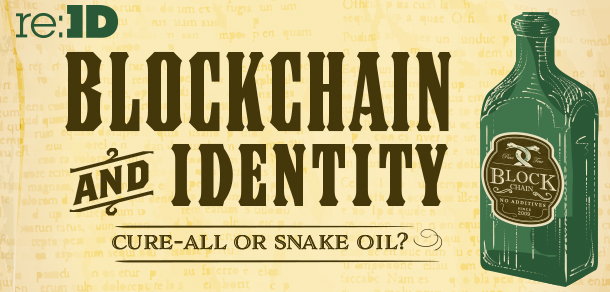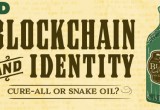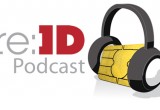Bitcoin and Blockchain for dummies
09 November, 2016
category: Corporate, Digital ID, Financial
The term ledger conjures up images of large, leather-bound books used to record transactions of payments and goods to different people. In the 1987 movie “The Untouchables” Al Capone had two ledgers, one for official business and one that was a true record of his criminal enterprise.
Blockchain takes the ledger concept and puts it online. But instead of just one person – the bookkeeper in the movie for instance – being able to record transactions, many people can do so with Blockchain. It is a peer-to-peer distributed ledger of time stamped transactions.
Blockchain’s distributed ledger system is used to keep track of Bitcoin transactions. Blockchain eliminates the need for central authorities and enables each user of the system to maintain their own copy of the ledger. It also keeps all copies of the ledger synchronized through a consensus algorithm.
Bitcoin miners do the recording and validation of the transactions. The miners are necessary to prevent ‘double spend.’ Double spending is the electronic currency version of counterfeiting. In the real world if you receive a $5 bill it’s likely to be real, but online that’s not necessarily the case.
|
Related: Blockchain and identity Will the vastly-hyped tech solve the digital ID challenge? |
“In the digital world, a computer file version of a $5 note, like an MP3 file or an MS Word document, can be copied perfectly at effectively no cost. There’s no way to tell which file is the original, and the ease of copying means counterfeit currency could rapidly overrun the economy,” according to a report on Coincenter.org.
To prevent this from happening the Blockchain is checked for every transaction to keep this from happening. “Bitcoin’s trick is to register every single transaction on one public tamper-proof ledger called the Blockchain, which is refreshed in such a way that the whole community in effect votes on the order in which transactions are added or, equivalently, the time when each coin is spent,” the report states.
A fraudster can try and re-spend already used Bitcoins, but if they don’t check out on the Blockchain, miners won’t record them and the community ignores the attempt at fraud.
If a transaction is validated, however, the miner adds it to their personal list of all valid transactions conducted over the last few minutes. Every 10 minutes, one miner will be selected to add their personal list – a new block – to the official Blockchain, thus keeping the public record up to date.
To combat fraud, the Bitcoin protocol makes miners compete. A different miner is empowered to write each block. The Blockchain ledger is periodically hashed to keep it to a manageable length, but all transactions are visible, archived in effect for all time.
Read the companion article to explore the use of blockchain for digital identity and authentication.





